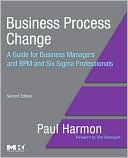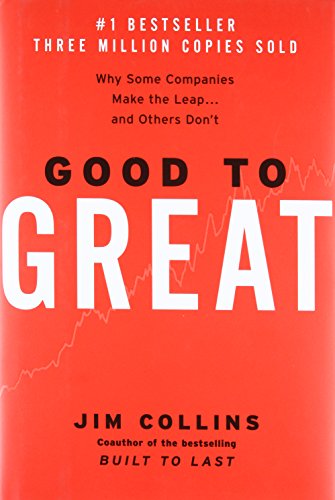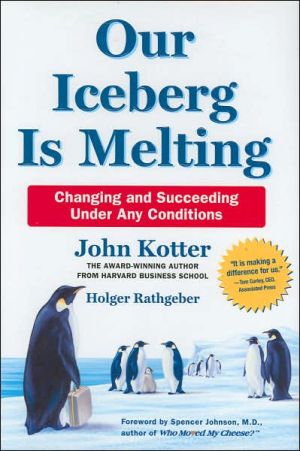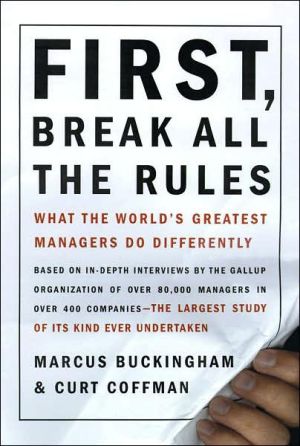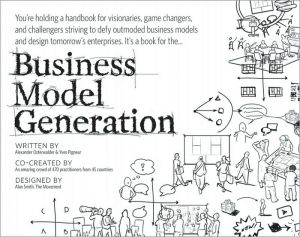Business Process Change: A Guide for Business Managers and BPM and Six Sigma Professionals
Search in google:
Every company wants to improve the way it does business, to produce goods and services more efficiently, and to increase profits. Nonprofit organizations are also concerned with efficiency, productivity, and with achieving the goals they set for themselves. Every manager understands that achieving these goals is part of his or her job. In this balanced treatment of the field of business process change, Paul Harmon offers concepts, methods, cases for all aspects and phases of successful business process improvement. Updated and added for this edition are coverage of business process management systems, business rules, enterprise architectures and frameworks (SCOR), and more content on Six Sigma and Lean—in addition to new coverage of performance metrics.* Extensive revision and update to the successful BPM book, addressing the growing interest in Business Process Management Systems, and the integration of process redesign and Six Sigma concerns. * The best first book on business process, the most up-to-date book to read to learn how all the different process elements fit together. * Presents a methodology based on the best practices available that can be tailored for specific needs and that maintains a focus on the human aspects of process redesign. * Offers all new detailed case studies showing how these methods are implemented.
Foreword ixPreface to the Second Edition xixIntroduction xxvLevels of Concerns xxviBusiness Process Change and Management xxxiThe Evolution of an Organization's Understanding of Process xxxiiThe Variety of Options xxxvThe Variety of Solutions xxxviHow This Book Is Organized xxxviiNotes and References xliBusiness Process Change 1Organizations as Systems 2Systems and Value Chains 3The Six Sigma Movement 8Business Process Change in the 1990s 9Other Process Change Work in the 1990s 13A Quick Summary 17Business Process Change in the New Millennium 19What Drives Business Process Change? 20Notes and References 22Enterprise-Level Concerns 28Strategy, Value-Chains and Competitive Advantage 31Defining a Strategy 32Porter's Model of Competition 34Industries, Products, and Value Propositions 37Strategies for Competing 39Porter's Theory of CompetitiveAdvantage 40Porter's Strategic Themes 45Treacy and Wiersema's Positioning Strategies 47The Balanced Scorecard Approach to Strategy 49Summary 54Notes and References 55Understanding the Enterprise 59The BPTrends Enterprise Methodology 59Strategy and Enterprise BPM 62Understand the Enterprise 64The Traditional View of an Organization's Structure 64The Systems View of an Organization 66Models and Diagrams 67Organization Diagrams 68Organizations and Value Chains 70Systems and Processes 75Notes and References 76Process Architecture and Organizational Alignment 79Process Hierarchies 80Defining a Business Process Architecture 82Completing a Worksheet 85Core, Support and Management Processes 86Aligning Managers, Measures and Resources 89Defining a Business Process Architecture 91Developing a Supply Chain Architecture with SCOR 93The Extension of SCOR 97The Extension of SCOR at HP 101Other Approaches 101From Strategy Statements to a Process Architecture 106Notes and References 107Process Management 109What Is Management? 110Matrix Management 119The Management of Outsourced Processes 122Value Chains and Process Standardization 123Management Processes 126Documenting Management Processes in an Architecture 135Completing the Business Process Architecture Worksheet 135Notes and References 136Measuring Process Performance 139What Is Measurement? 140Balanced Scorecard and Process Measures 145Aligning Process Measures 151Deriving Measures from Business Process Frameworks 153Putting It All Together 157Completing the Business Process Architecture Worksheet 159Notes and References 160An Executive Level BPM Group 163What Does a BPM Group Do? 164Create and Maintain the Enterprise Business Process Architecture 165Identify, Prioritize and Scope Business Process Change Projects 166Help Create, Maintain, and Manage the Process Performance System 174Help Create and Support the Process Manager System 175Recruit, Train and Manage Business Process Change Professionals 176Manage Risk/Compliance Reporting and Documentation 177A Case Study: Boeing's GMS Division 178Summary 191The BPM Group 191Notes and References 192Process Level Concerns 195Understanding and Scoping Process Problems 197What Is a Process? 198Process Levels and Levels of Analysis 199Simple and Complex Processes 201Business Process Problems 203The Initial Cut: What is the Process? 206Refining an Initial Process Description 209Redesign, Improvement and Lean Six Sigma 225Creating a Business Case for a Process Change Project 226Notes and References 229Modeling Processes 231Process Diagram Basics 233More Process Notation 239As-Is, Could-Be and To-Be Process Diagrams 248Notes and References 254Task Analysis, Knowledge Workers and Business Rules 255Analyzing a Specific Activity 256Analyzing Human Performance 261Managing the Performance of Activities 267Automating the Enter Expense Reports Activity 268Analyzing a Completely Automated Activity 274Knowledge Workers, Cognitive Maps and Business Rules 276Activities, Job Descriptions and Applications 288Notes and References 291Managing and Measuring Business Processes 295Representing Management Processes 297The Process Management Process 299Plan Work 300Organize Work 303Communicate 304Control Work 305Evaluating the Performance of the Process Manager 308Continuous Measurement and Improvement 309Management Redesign at Chevron 312Notes and References 313Process Improvement with Six Sigma 315Six Sigma 316The Six Sigma Concept 319The Six Sigma Approach to Process Improvement 322Six Sigma Teams 324Phases in a Six Sigma Improvement Project 324Define 326Measure 331Analyze 336Improve 340Control 341Lean 342TRIZ 347Notes and References 349The BPTrends Redesign Methodology 353Why Have a Methodology? 357How Does It All Begin? 358What Happens? 358Who Makes It All Happen? 359Understanding the Project 361Analyze Business Process 365Redesign Business Process 371Implement Redesigned Process 375Roll-out the Redesigned Process 378Summary 381Notes and References 383The Ergonomic Systems Case Study 385Ergonomic Systems, Inc. 386An E-Business Strategy 391Understand the Redesign of the Order Process Project 398Analyzing the Order Fulfillment Process 400Redesigning the New Order Process 407Implement Redesigned Business Process 420Roll-out the New Order Process 421Notes and References 423Implementation Level Concerns 425Software Tools for Business Process Analysis and Design 427Why Use Business Process Software? 427The Variety of Business Process Tools 429A Professional BP Modeling Tool 432Modeling the Ergonomics Case 435Notes and References 445Business Process Management Suites 447What Features Might a BPM Suite Include? 453BPMS and BAM 455The BPMS Technology Continuum 458BPEL 459BPMS and SOA 460Choosing a BPMS Product 462The BPMS Market 464Process Modeling Tools vs. BPMS Suites 468Creating a BPMS Application 469Notes and References 470ERP-Driven Redesign 473Processes, Packages and Best Practices 474A Closer Look at SAP 476Implementing an ERP-Driven Design 484Case Study: Nestle USA Installs SAP 488Using BPMS to Improve ERP Installations 490ERP and BPMS 495ERP vs. BPMS Applications 498Notes and References 503Conclusions 505Enterprise Level Business Process Standards 319Process Level Business Process Standards 521Business Process Standards for Implementation 523The Future of Standards 524Business Process Modeling Notation - BPM Core Notation 513Business Process Standards 517Index 525About the Author 549
